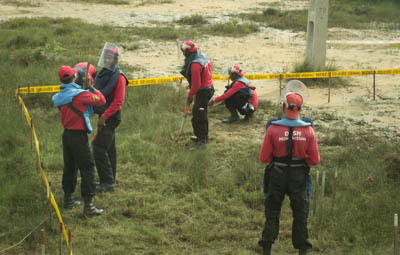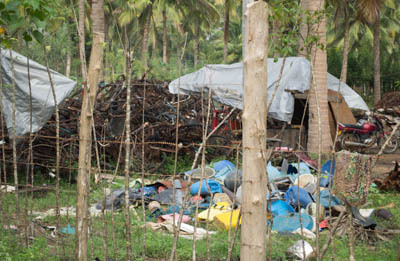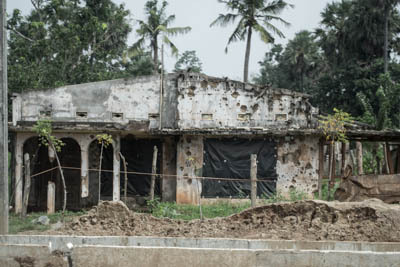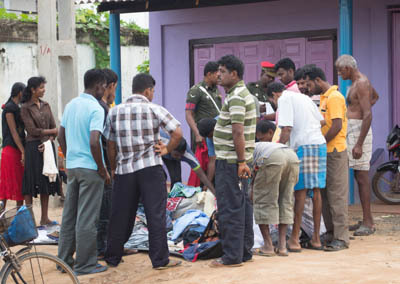
The north of Sri Lanka has been an area of isolation for over 26 years due to a bloody civil war that raged on between the government and the Liberation Tigers of Tamil Elam (LTTE) separatist movement. Nearly four years ago, in 2009, the war came to an end with the defeat of the LTTE, paving the way for a reintegration and rehabilitation of the North.
Travelling up to that region of the country earlier in the month gave me an opportunity to ascertain how far along the rebuilding has progressed. My last visit to Jaffna (the northernmost town of the country) was back in 2011, in the past two years much had been achieved in the way of developing the infrastructure.
New roads were being laid while banks and shops, ranging from electrical appliances to motorbikes, were being set up on land that was formerly under LTTE control. In Jaffna itself life was continuing on as though the past three decades had never happened. The marketplace was a hive of activity; people were going about their daily lives not letting on that they had only recently emerged from a conflict that claimed thousands of civilians.
However, behind the façade of normalcy lies the scars of a war that had taken its toll on a country and its people. As I travelled out of the town along the route taken by the fleeing refugees in 2009, it became apparent that four years is not enough time to rebuild a war-torn region.
Large areas of land are cordoned off with yellow and black tape, signifying the ongoing demining process. While officials are satisfied with the demining operations, they still cannot place a timeline on when it will be completed. I was told that due to the intense nature of the work, the deminers do not work in the field for more than 4 hours a day, a slow and painstaking process.
It does not take long for someone to realize that they are, in fact, travelling through a former war zone. A large junk yard is filled with piles of bicycles and pots and pans, all remnants of the war, according to the nearby people. Many of these objects had been abandoned as civilians were forced to flee their homes as the conflict reached its climax in 2009.
As I photographed these sites, the people have a look of disbelief in their eyes; suggesting that they cannot understand how other Sri Lankans are unaware of such scenes.
An hour from the town of Jaffna, towards the Eastern coast, alongside the newly built road lie abandoned buildings; roofs are caved in due to aerial bombing and those whose walls remain standing were pockmarked with bullet holes.
Alongside many of these destroyed homes lie tin shacks, inhabited by the people of the area who had been forced to flee during the final stages of the war and were only now returning.
Reaching the town of Puthukkudiyiruppu, the government has set up an information center allowing visitors the opportunity to go see some of the main "war attractions" of the region, including the former leader of the LTTE's, Vellamullivaikkal Prabhakaran, home and bunker.
It was in this town that I saw one of the most striking scenes of the trip. A small crowd of people had gathered around two Military Police personnel who were handing out clothes. I was told that many of these people had recently returned from the Internally Displaced Persons (IDPs) camps and had lost most of their possessions when they were forced to flee.
While certainly much work is being done in the former war zones of the country, it is clear that there is much more to be completed. Roads and businesses are being set up; however, the lives of many of these people are still waiting to get back on track.






